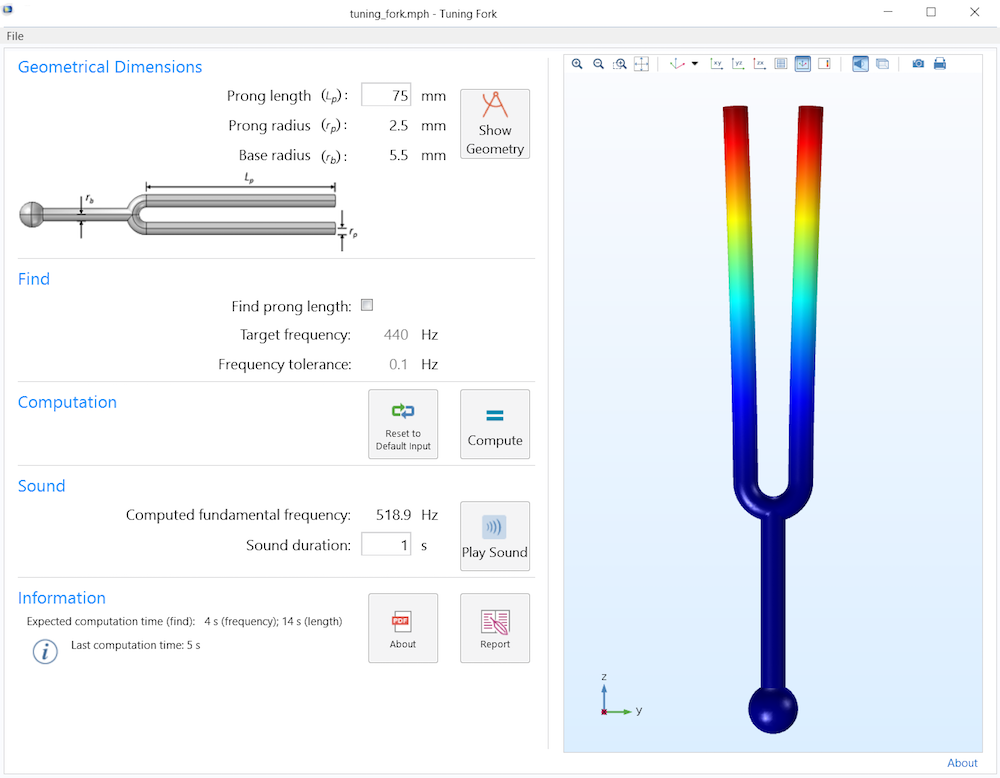

Caution is necessary when selecting the brand of monofilament to use, as many commercially available monofilaments have been shown to be inaccurate. 2 patients should close their eyes while being tested. The technique for testing pressure perception with the 10-g monofilament is illustrated in Fig. It is recommended that four sites (1st, 3rd, and 5th metatarsal heads and plantar surface of distal hallux) be tested on each foot. Nylon monofilaments are constructed to buckle when a 10-g force is applied loss of the ability to detect this pressure at one or more anatomic sites on the plantar surface of the foot has been associated with loss of large-fiber nerve function. Screening for sensory loss with the 10-g monofilament is in widespread use across the world, and its efficacy in this regard has been confirmed in a number of trials, including the recent Seattle Diabetic Foot Study ( 4, 21, 23, 24). Many prospective studies have confirmed that loss of pressure sensation using the 10-g monofilament is highly predictive of subsequent ulceration ( 3, 21, 22). Monofilaments, sometimes known as Semmes-Weinstein monofilaments, were originally used to diagnose sensory loss in leprosy ( 21). however, identification of the patient with LOPS can easily be carried out without this or other expensive equipment. The last test listed, vibration assessment using a biothesiometer or similar instrument, is widely used in the U.S.

One or more abnormal tests would suggest LOPS, while at least two normal tests (and no abnormal test) would rule out LOPS. The task force agrees that any of the five tests listed could be used by clinicians to identify LOPS, although ideally two of these should be regularly performed during the screening exam-normally the 10-g monofilament and one other test. The clinical examination to identify LOPS is simple and requires no expensive equipment.įive simple clinical tests ( Table 3), each with evidence from well-conducted prospective clinical cohort studies, are considered useful in the diagnosis of LOPS in the diabetic foot ( 1– 7). The diagnosis and management of the latter were covered in a 2004 ADA technical review ( 7). The clinical exam recommended, however, is designed to identify loss of protective sensation (LOPS) rather than early neuropathy. Another point is assigned if the correct timing of dampening of the vibration is perceived (vibration “off ”).Ħ.Peripheral neuropathy is the most common component cause in the pathway to diabetic foot ulceration ( 1, 4, 5, 7). One point is assigned for each vibration sensation perceived (vibration “on”). Ask the patient to tell you when the vibration stimulus is stopped, and then dampen the tuning fork with your other hand.ĥ. Ask if the vibration sensation is perceived.Ĥ. With the patient’s eyes closed, apply the tuning fork to the bony prominence situated at the dorsum of the first toe just proximal to the nail bed. Apply the base of the tuning fork to the patient’s forehead or sternum and ensure that the vibration sensation is understood.ģ. Strike the tuning fork against the palm of your hand hard enough that it will vibrate for approximately 40 seconds.Ģ. Their conclusion was that the risk of foot ulcers, which is associated with diminished vibratory sensation, can therefore be detected earlier and more accurately with the CTF test.ġ. It was also found to identify severe neuropathy, even in the presence of a normal result with the 10-g monofilament test. they found the 128 Hz tuning fork test to be reproducible and accurate. This is a very important but often underutilized examination tool, much like the 10-gm monofilament it is cheap and easy to perform. Another inexpensive but very valuable tool in the examination of the diabetic foot for loss of protective sensation is the 128Hz tuning fork.


 0 kommentar(er)
0 kommentar(er)
